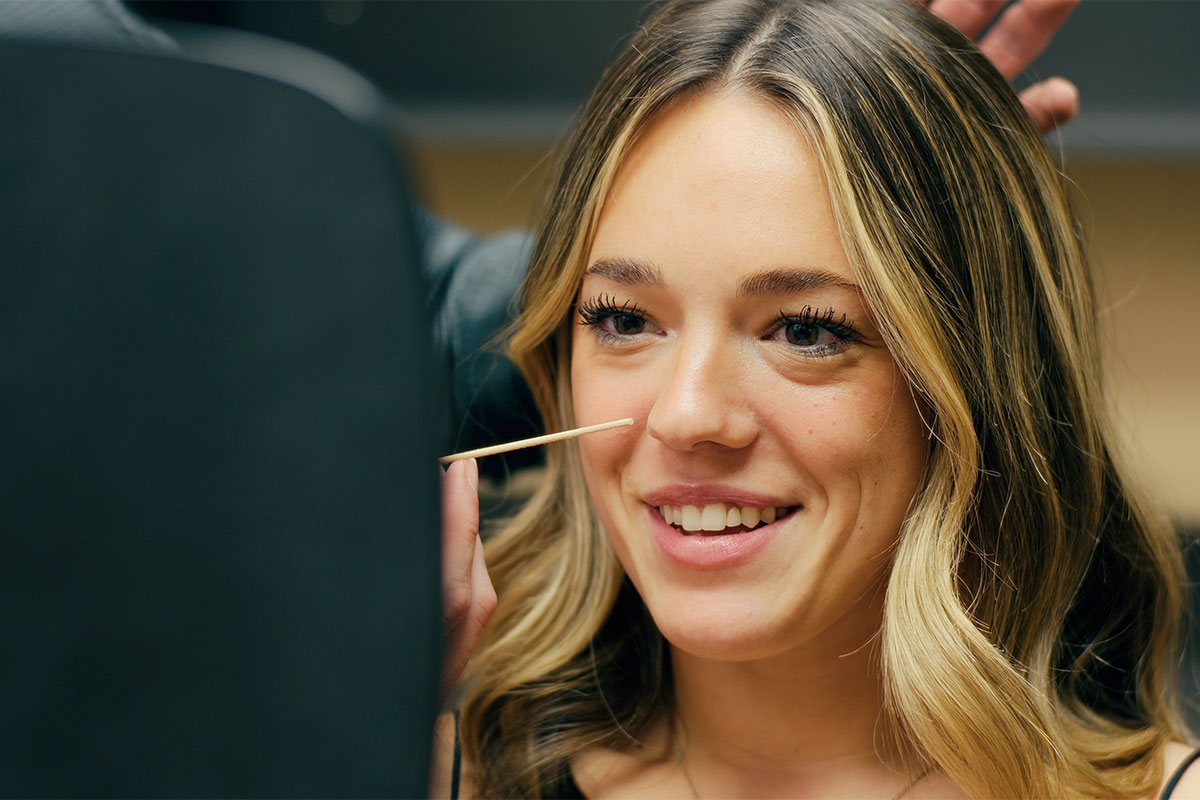Chemical peels are cosmetic procedures that involve the application of specialized solutions to the skin, with the goal of improving its texture, appearance, and overall health. These treatments can address issues such as sun damage, wrinkles, and uneven pigmentation, leading to rejuvenated and smoother skin.
What Are Chemical Peels?
A “chemical peel” involves the careful application of a scientifically formulated solution to the skin, which later causes the top layer to separate and shed (like a blister), taking with it the sun-damaged and wrinkled layers. Swelling of the peeled area may be pronounced for the first few days but subsides dramatically after 5-7 days. The Level II & III peel procedure is much like having a sunburn or a blister in that the top layer of skin begins to “peel off” over a 4-5 day period, revealing the fresh new deep pink layer underneath.
Makeup may be used approximately two or three weeks after the application of the peeling solution; therefore, most patients may return to work or go out socially at this time. When instructions and precautions are heeded by the patient, the redness of the skin slowly subsides over the ensuing six to eight weeks but can be camouflaged by makeup during this time.

What Can Chemical Peels Treat?
Chemical peels are versatile treatments that target a range of skin concerns. They are commonly used to address sun damage, including age spots and freckles, and fine lines and wrinkles. They can also improve skin texture by reducing acne scars. In some skins, uneven skin tone, melasma, and pigmentation irregularities are other conditions effectively treated by chemical peels. However darker skins tend to be fraught with uneven pigmentation. Level II and Level III peels promote collagen production, resulting in a smoother, more youthful complexion with improved overall skin health, whereas Level I peels (spa peels) are skin polishers, but do not improve wrinkles or sun damage.
Avoid Sunlight Exposure for Around 6 Months
Avoidance of strong fragrances and prolonged exposure to sunlight (as in sunbathing, fishing, golfing, etc.) for three to six months is the primary restriction after peeling because the “new” skin must build up a tolerance to the elements; otherwise, some patients develop pigmentation and skin irritations. While it is very important to avoid sun exposure and to use sunscreen products for the first six months, ordinary sun exposure after that is allowed. It simply takes time for the new skin to toughen or build up a natural resistance to sun and wind.
Because of persistent winds, salt in the air, and both direct and reflected rays of the sun, patients who live or recover along the seashore or lakes must exercise extra precautions, especially during the early stages of healing. Those who do tend to heal more quickly and are able to resume ALL their interests and activities once again. Since the advent of sunscreen products and with large-brimmed hats, these restrictions can sometimes be loosened. Ask about any activity you question.
Chemical Peels Can’t Treat Wrinkles that Only occur with Facial Expressions
Neither surgery nor resurfacing can correct wrinkles that occur only during facial expressions. The creases around the eyes produced by smiling, the forehead creases that occur with frowning, and the vertical lines in the upper lip that occur with puckering the lips, for the most part, are due to the contraction of the muscles of facial expression, and are best treated with neuromodulators (Botox®, Dysport®, etc.). Chemical peels cannot eliminate these conditions. If wrinkles and creases are present at rest, then resurfacing combined with surgery may improve them.

Pertinent Facts You Should Know:
- Pain & Discomfort: With Level II & III chemical peeling, the solution stings as it is applied, but this is short-lived, a matter of seconds. Later, discomfort can be eased with appropriate medications. Since twilight and local anesthesia are used for full-face peels, most patients have amnesia about their operating room experience.
- Swelling: Considerable swelling may occur for a few days. The patient must be emotionally mature enough and be willing to accept this temporary distortion of appearance to achieve the desired end result. It is best to warn family members about this beforehand. For this reason, we usually recommend you consider staying in prearranged accommodations at or near the Institute during the first week, especially if you are having a full-face peel.
- Stay Close: The procedure may be performed in our clinic, but we recommend you stay close by for several days — usually 3-5 days for full face resurfacing.
- Scarring & Lumpiness: When instructions are followed by patients, scarring following peeling is extremely rare. Should red lumpy areas occur, they are softened with cortisone. Several treatments might be required.
Voices of Transformation

Schedule Your Consultation
Skin Center & Total Health Spa is your trusted destination for a holistic transformation of your appearance and well-being. Our mission is to help you unlock the secret to timeless beauty and enduring health. Led by the expertise of Dr. McCollough, a double board-certified facial plastic surgeon, our team of experts offer a professional and rejuvenating atmosphere to enhance your face, body, mind, and spirit. Discover the Fountain of Youth at Skin Center & Total Health Spa — schedule your consultation today.


